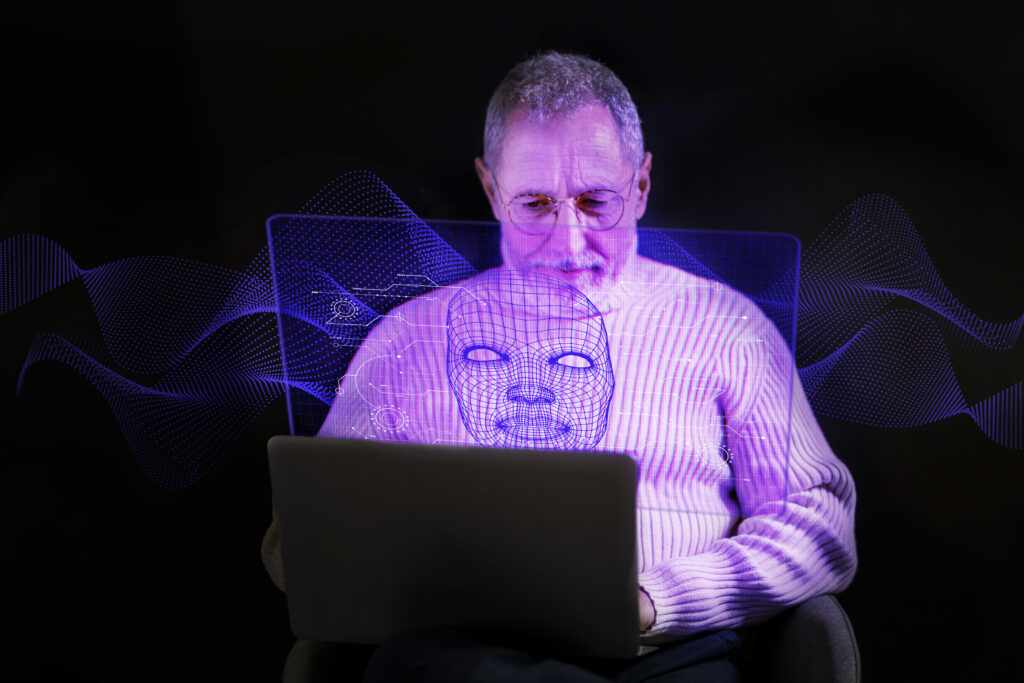Deepfake Technology: Risks and Countermeasures
Artificial intelligence together with machine learning powers deepfake technology which stands as a rapidly evolving digital innovation of this century that has become one of the most controversial topics. Through the implementation of generative adversarial networks (GANs) and additional complex algorithms deepfakes enable users to create highly genuine videos and sound recordings as well as pictures which convincingly duplicate real person appearances. The technology has educational and creative value but creates major dangers for security and privacy maintenance along with trust breakdowns.
Deepfakes contribute to wide-ranging threats which create dangerous situations. Misinformation and disinformation emerge as the principal short-term issue among numerous others. The combination of deepfake technology enables the generation of fake news video content that shows public officials performing actions which they never actually conducted. When a deepfake depicting a world leader saying the country is going to war appears before authorities can confirm its falsity this could spark actual warfare.
Deepfakes are used to make unauthorized sexually explicit content that primarily victimizes women within personal privacy and harassment contexts. When private individuals discover their images in pornographic content without authorization it causes substantial emotional suffering and tarnished reputation which might force them to lose their employment. Such malicious content creation tools are now readily accessible to everyone due to their widespread availability.
Deepfake technology allows criminals to mimic company executives who trick business employees into making unauthorized financial deals in voice scams.
Research teams as well as tech companies together with policymakers actively develop solutions to combat deepfakes which keep growing in threat levels. Detection technology is advancing rapidly. AI tools today assess video content to detect small behavioral discrepancies between facial expressions and lighting and blink patterns and audio anomalies that signal video tampering. Deepfake detection software produced by Microsoft and Google exists now for both content creators and newsrooms through their software distribution efforts.
Methods using digital authentication along with watermarking are starting to become more widely used. The integration of cryptographic signatures or metadata during content development lets developers establish video and image authenticity verification.
Legal systems are starting to establish matching amendments. Jurisdictions across the world are now implementing laws that make deepfake creation and distribution illegal particularly when unauthorized deepfakes circulate or influence elections. Executing laws on the vast and unregulated internet environment remains persistently difficult because of its global decentralized structure.
The knowledge spread among the public serves as a leading defensive strategy to prevent deepfake misuse. Educational media literacy campaigns which introduce people to digital media manipulation dangers will prompt audiences to analyze digital content with higher criticality. Society needs to develop a culture that combines verification with skepticism because it has transitioned into this emerging technological domain.
Modern counteractions against deepfake technology have gained momentum because its potential threats equal its technological capabilities. A powerful tool like this will evolve based on how we operate and manage it rather than its technical capabilities. The strategic task requires innovative management of synthetic media capabilities which should focus on exploiting creative opportunities without exposing people or organizations to its harmful aspects.




















